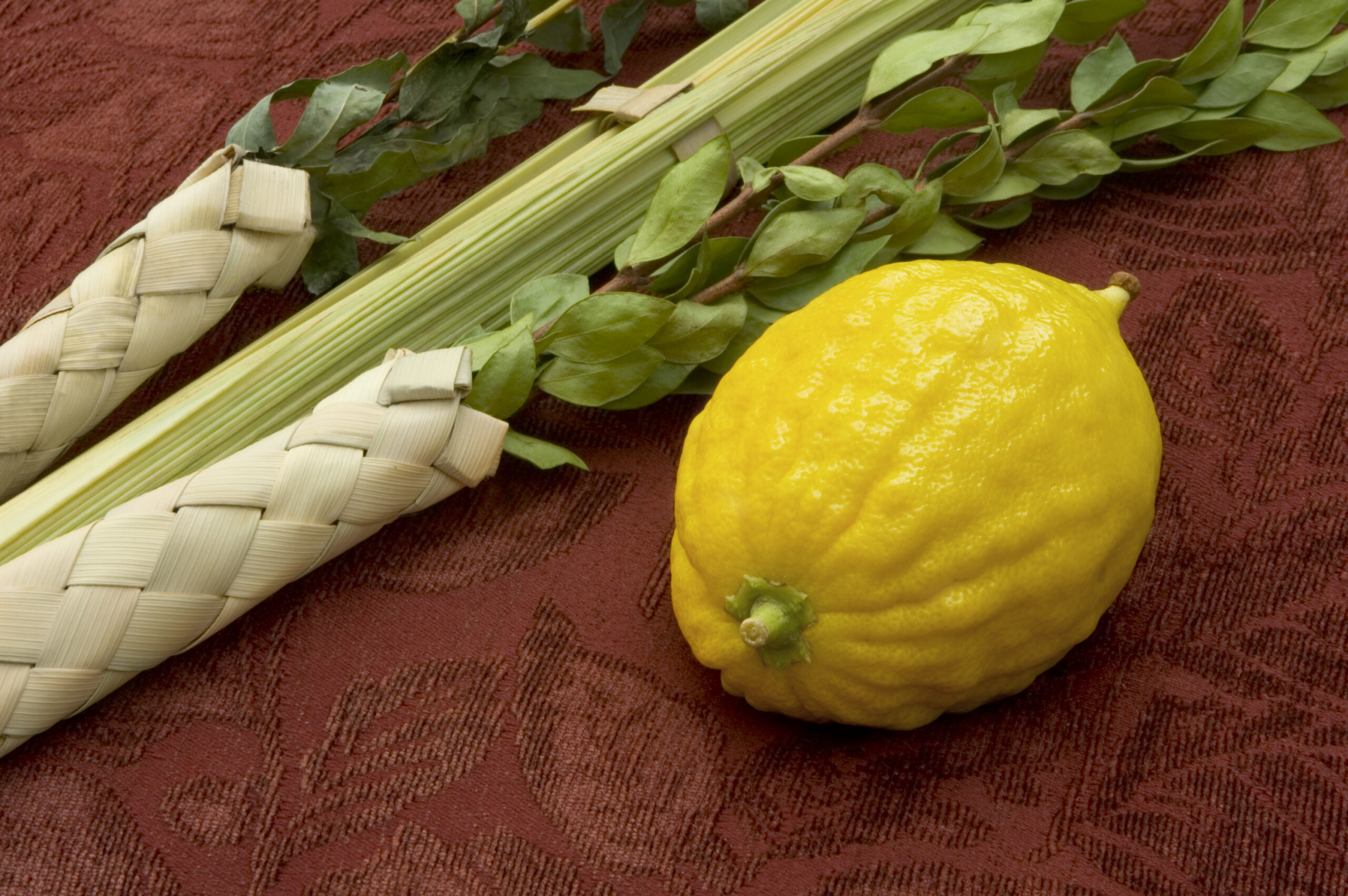Along with Jewish holidays of Passover and Shavuot, Sukkot is one of the three annual pilgrimages, when every Jewish male was to be in Jerusalem. Sukkot occurs five days after Yom Kippur and is typically celebrated for eight or nine days. The time in the desert is commemorated with the building of tent-like structures called sukkah. In 2024, Sukkot for Hebrew Year 5785 began at sundown on Wednesday, October 16. 2024 and will end at nightfall on Wednesday, October 23, 2024.
Of all the Jewish holidays, Sukkot is the only one whose date does not commemorate an historic event. The Torah refers to it by two names: Chag HaAsif (“the Festival of Ingathering,” or “Harvest Festival”) and Chag HaSukkot (“Festival of Booths”), each expressing a reason for the holiday.
In Israel, crops grow in the winter and are ready for harvest in the late spring. Some of them remain out in the field to dry for a few months and are only ready for harvest in the early fall. Chag HaAsif is a time to express appreciation for this bounty.
The name Chag HaSukkot commemorates the temporary dwellings God made to shelter the Jewish people on their way out of Egypt (some say this refers to the miraculous clouds of glory that shielded us from the desert sun, while others say it refers to the tents in which they dwelled for their 40-year trek through the Sinai desert).
For seven days and nights, followers eat all their meals in the sukkah and otherwise regard it as their home. Located under the open sky, the sukkah is made up of at least three walls and a roof of unprocessed natural vegetation—typically bamboo, pine boughs or palm branches.
The goal is to spend as much time as possible in the sukkah, at the very minimum eating all meals in the sukkah—particularly the festive meals on the first two nights of the holiday, when they must eat at least an olive-sized piece of bread or mezonot (grain-based food) in the sukkah. The orthodox practice is to not eat or drink anything outside the sukkah. Some people even sleep in the sukkah (this is not required).
On each day of the festival (except Shabbat), they take the Four Kinds: an etrog (citron), a lulav (palm frond), three hadassim (myrtle twigs) and two aravot (willow twigs). They recite a blessing over them, bring them together and wave them in all six directions: right, left, forward, up, down and backward. Sages say that the Four Kinds represent the various personalities that comprise the community of Israel, whose intrinsic unity is emphasized on Sukkot.

